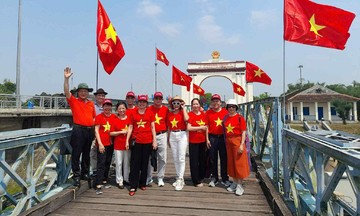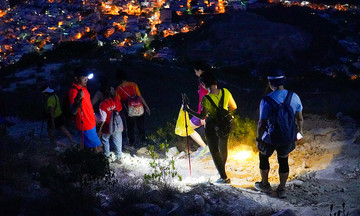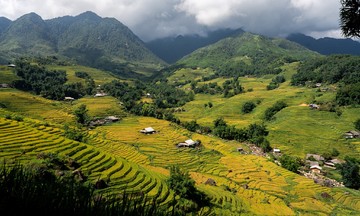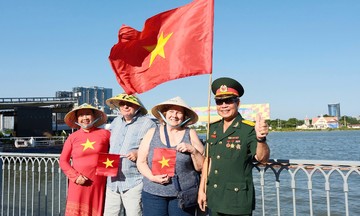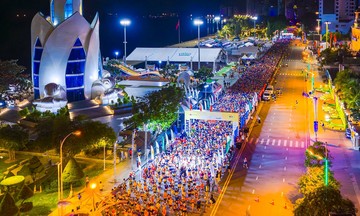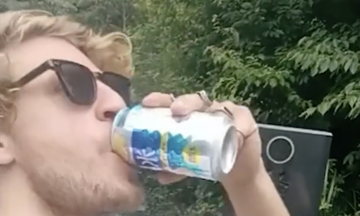Joshua Zukas, a Hanoi resident of 12 years and author of 10 Vietnam travel guides, says tourism advertisements often paint a glamorous picture: tourists frolicking on pristine beaches in flowing linen, sipping champagne at sunset, or exploring moss-covered caves bathed in soft light.
Zukas says the reality of Vietnam is different. He points out common mistakes first-time visitors make due to over-reliance on travel influencers or misleading media.
1. Trying to see the whole country in one trip
On a map, Vietnam looks small nestled between China to the north and the Indonesian-Malaysian archipelago to the south. In reality, Vietnam is roughly the size of Japan or Italy.
Travel times between cities in the north, central, and south can take many hours. For a one- or two-week trip, it's better to focus on one region rather than trying to see the entire country.
2. Getting angry about the weather
Vietnam's weather is unpredictable. Mountain winters (December to January) can be bitterly cold, the Mekong Delta swelters in the late dry season (March-April), and the central region is prone to typhoons and floods in autumn (September-November). Extreme weather can happen anywhere, anytime.
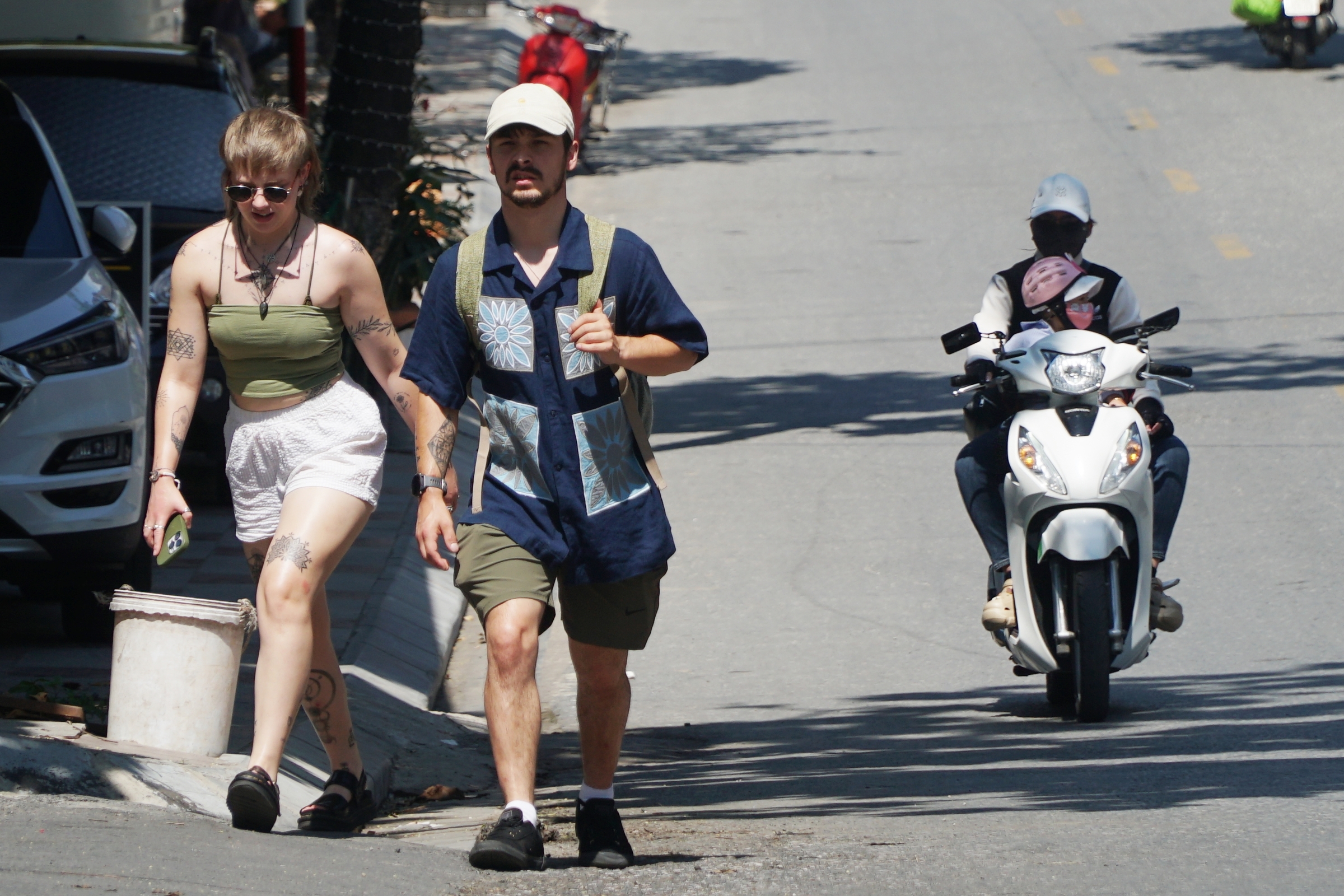 |
Foreign tourists in Cat Ba on 4/10/2024 - one month after Typhoon Yagi. Photo: Le Tan |
Foreign tourists in Cat Ba on 4/10/2024 - one month after Typhoon Yagi. Photo: Le Tan
Instead of getting upset about rain disrupting a holiday, be prepared, pack accordingly, and remember that locals have lived with this weather for years.
3. Succumbing to FOMO (fear of missing out)
While it might be controversial, Zukas believes there's nowhere in Vietnam that's truly "must-see." In the age of overtourism, chasing hotspots means battling crowds and encountering local fatigue.
Vietnam is safe and most people Zukas has met are friendly. Instead of rushing to check off every box, his most memorable trips have been those focused on his genuine interests.
4. Following influencers blindly
Many people have complained to Zukas about bad experiences based on misleading TikTok clips or Instagram posts. Social media algorithms prioritize engaging content, not necessarily accurate or in-depth information.
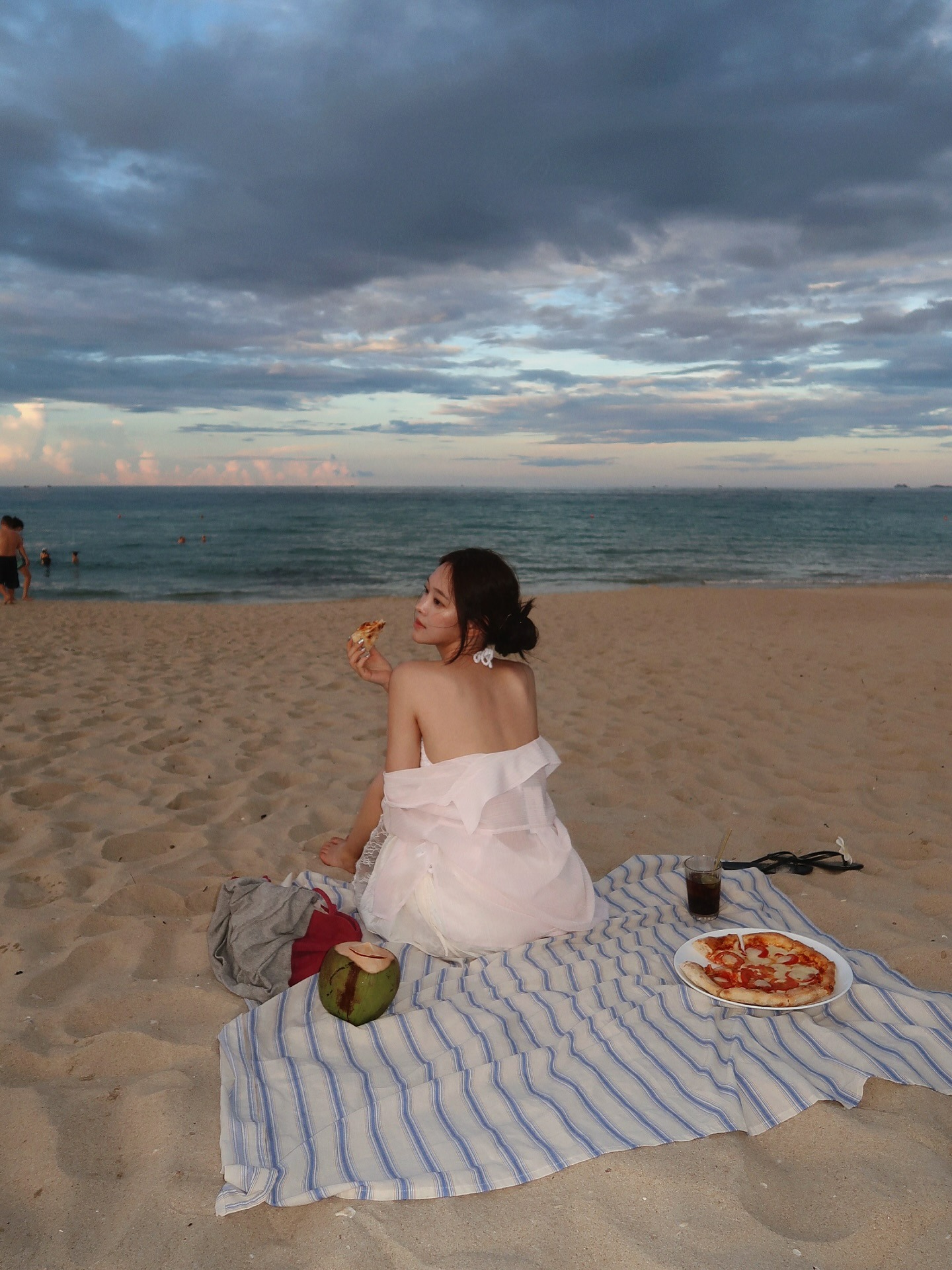 |
A South Korean influencer takes photos in Nha Trang in June. Photo: Yoo.Y0ung |
A South Korean influencer takes photos in Nha Trang in June. Photo: Yoo.Y0ung
Forget influencers who jet around the world selling fantasies. Find content creators who live in Vietnam and share real knowledge and experiences.
5. Skipping street food
Many visitors, worried about hygiene, avoid street food stalls, opting for tourist restaurants serving everything from Italian pizza to Thai curry. However, the best Vietnamese food is often found in small, specialized eateries.
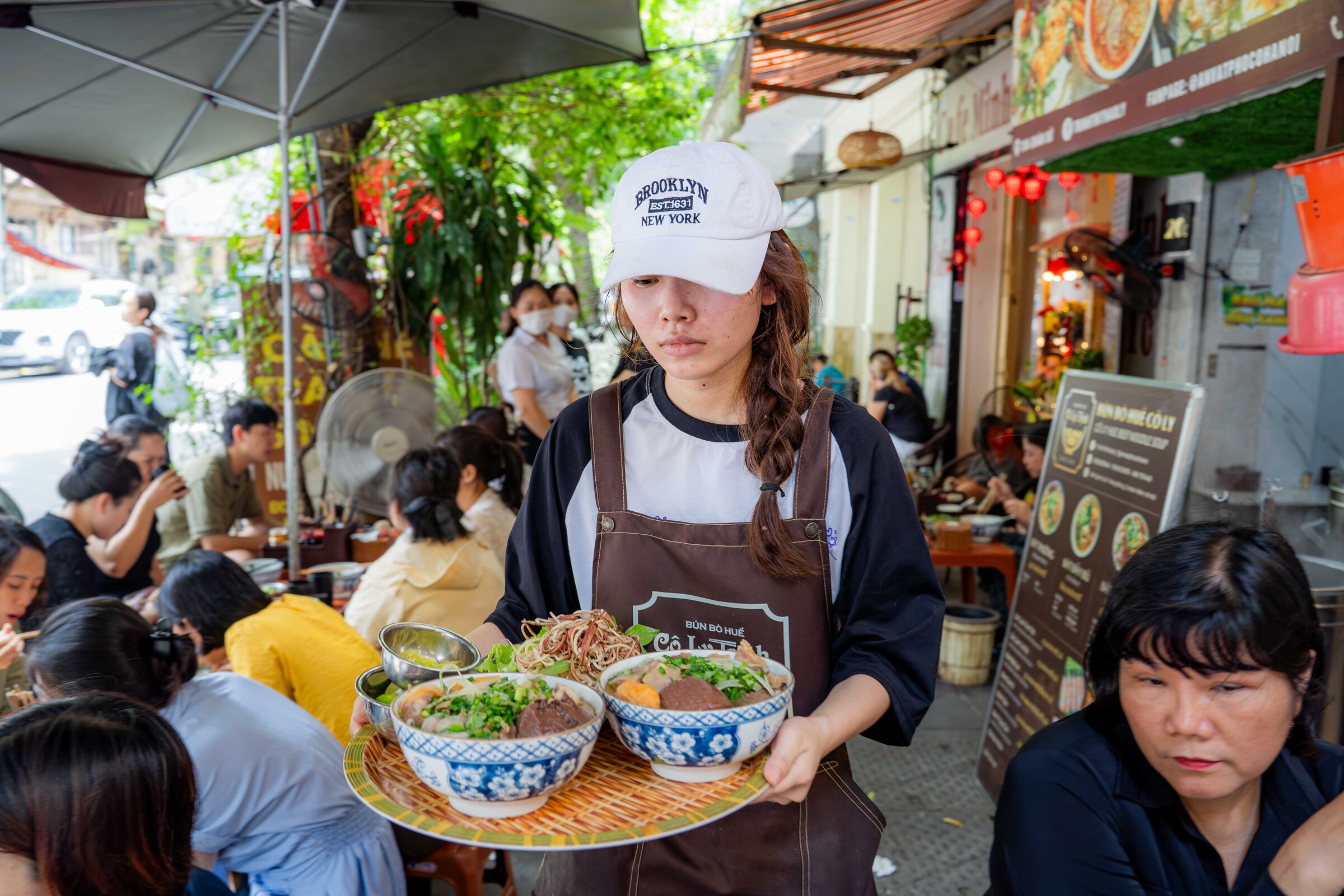 |
A crowded bun bo hue stall in Hanoi. Photo: Hoang Giang |
A crowded bun bo hue stall in Hanoi. Photo: Hoang Giang
Beyond pho, Hanoi offers banh cuon (steamed rice rolls), while Ho Chi Minh City is known for its diverse oc (snail) dishes, boiled, stir-fried, or grilled and served with fresh dipping sauces.
6. Refusing to buy a local SIM card
Many think Wi-Fi is enough. In reality, mobile data in Vietnam is cheap, fast, and reliable, costing around 10 USD per month. Tourists can buy international eSIMs via apps like Airalo or visit a local phone shop.
7. Ignoring travel guides
According to Zukas, buying a travel guide – print or digital – is the smartest choice. Good guides are well-researched, in-depth, and based on months or even years of on-the-ground research.
In contrast, the internet is full of superficial articles, fake reviews, and even AI-generated content. A travel guide helps filter out the digital noise, providing clear information and connecting visitors with Vietnam through the author's real experiences.
Hoai Anh (Business Insider)




